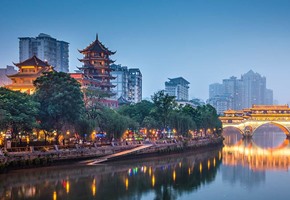
What to Expect When Travelling to China
28/04/2025 · By Tim Hall
Discover expert insights into what to expect when visiting China from Great Rail Journeys Tour Manager Tim Hall, from iconic landmarks to meeting locals.
Read more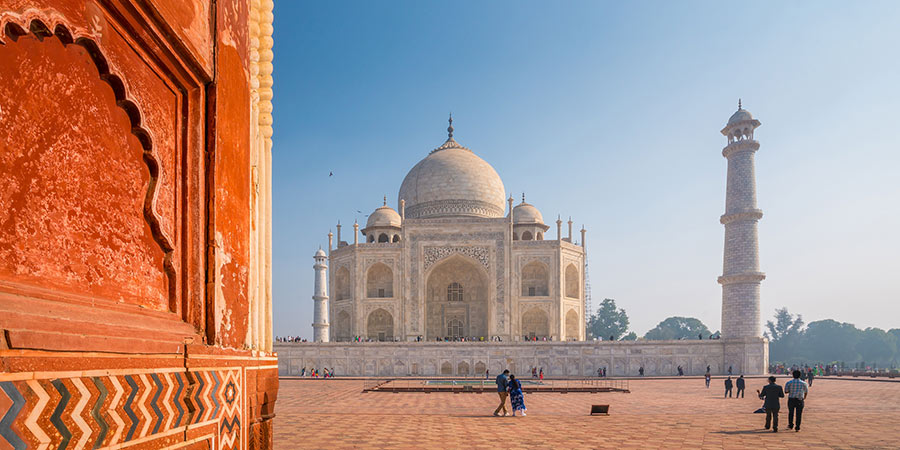
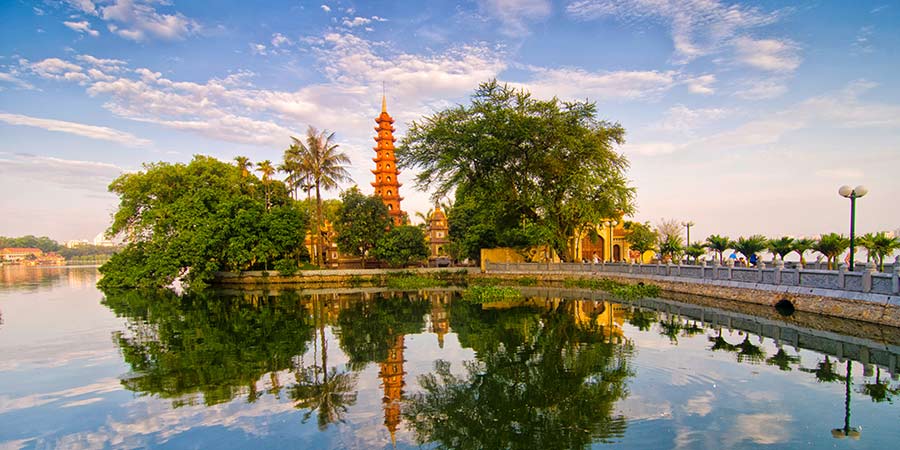
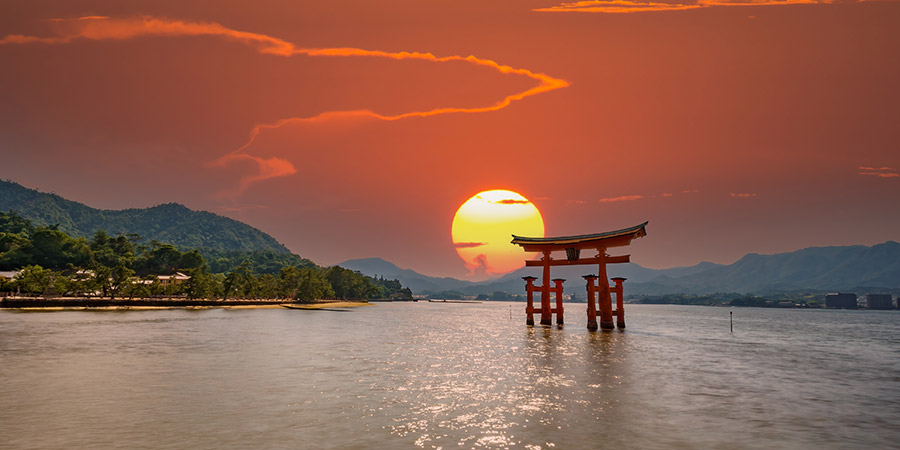
Asia is a land of ancient civilisations, the birthplace of all major religions, with the world's most futuristic cities and technological hubs. The world's largest continent is also a natural wonder, ranging from India's soaring Himalayan peaks to the roaring waves of Sri Lanka's Indian Ocean, with historic meandering rivers, sprawling forests, as well as expansive deserts.
From dynamic Japan to intriguing Vietnam and Cambodia, Asia is a melting pot of unique cultures, each equally alluring and vibrant. Even more varied is the wide array of mouthwatering cuisine, rated among the best in the world.
Experience India's breathtaking temples, join a tiger-spotting safari in the Ranthambore National Park, or discover beautiful Kerala on one of our India rail holidays. Discover the treasures of China and cruise along the Yangtse River, or explore the fantastic landscapes and historic trading routes of Uzbekistan and the Ancient Silk Road.
Find out more with a free brochure and enjoy weekly travel inspiration and offers in our e-newsletter.
Holiday Ideas for Asia & India
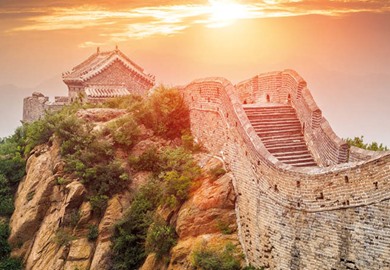
 (28 reviews)
(28 reviews)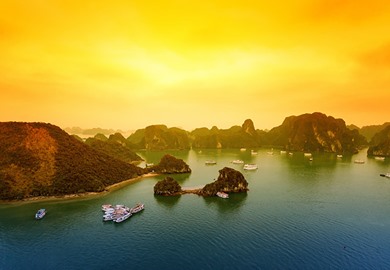
 (14 reviews)
(14 reviews)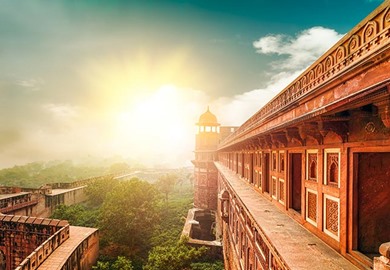
 (93 reviews)
(93 reviews)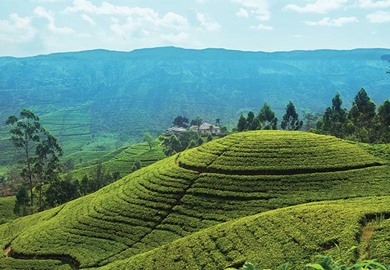
 (31 reviews)
(31 reviews)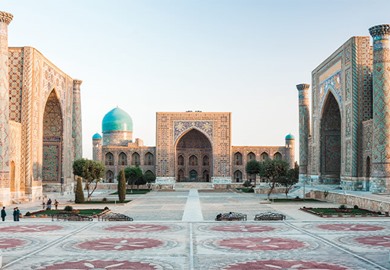
 (49 reviews)
(49 reviews)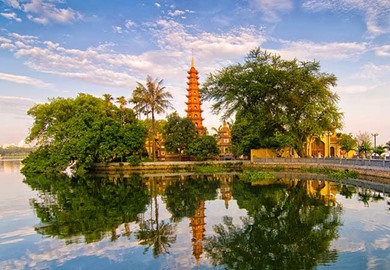

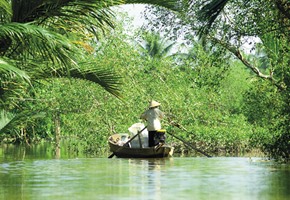
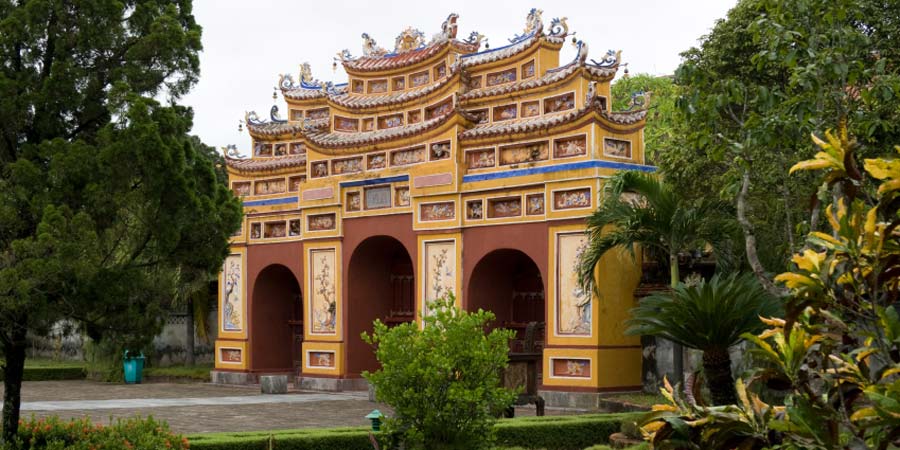
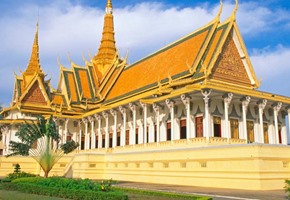
 (153 reviews)
(153 reviews)Discover the delights of Vietnam and Cambodia on this incredible grand tour, travelling overland from bustling Hanoi to the ancient temples of Siem Reap. Delight in the beauty of Halong Bay on an overnight cruise, and ride the Reunification Express train along Vietnam's coast to illuminating Hue, before arriving in Ho Chi Minh City. Visit the...
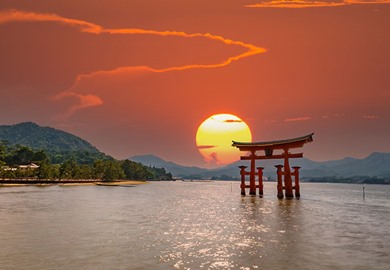

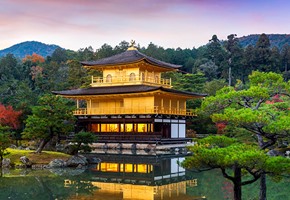
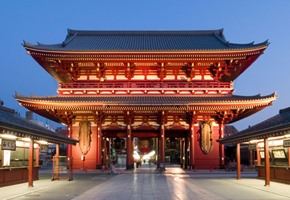

 (98 reviews)
(98 reviews)Uncover the delights of the Land of the Rising Sun with expert local guides, from its popular cuisine and zen tea ceremonies to dynamic cities and serene island shrines. Arriving in Tokyo, discover a well-organised metropolis of lantern-filled temples beside towering skyscrapers, before absorbing beautiful views of Mount Fuji and heading into the...

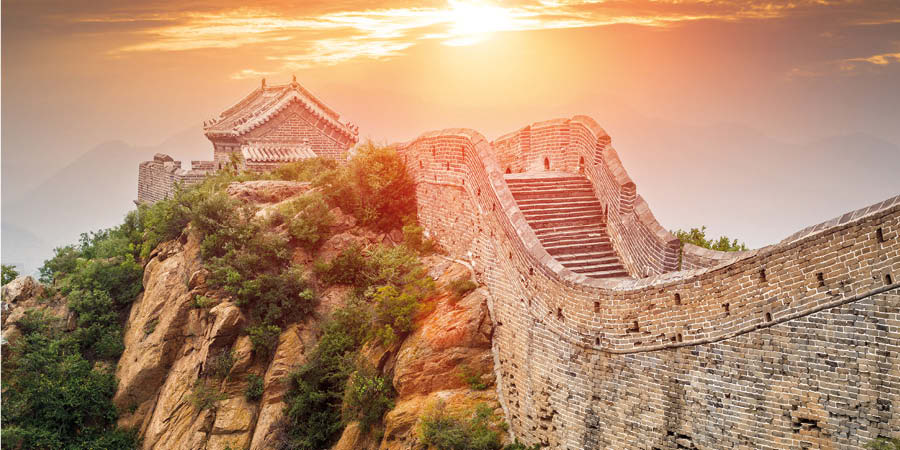
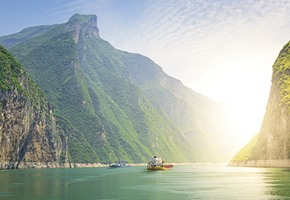


 (28 reviews)
(28 reviews)Uncover an incredible blend of breathtaking modernism and beautiful imperial history on a tour of China's ancient and modern wonders. Step into history during visits to the iconic Forbidden City, Temple of Heaven and the Great Wall of China while in Beijing. Travelling by high-speed rail, explore ancient Xi'an and its astonishing Terracotta Army...
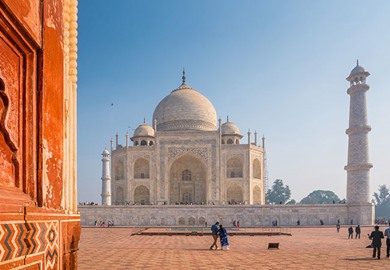

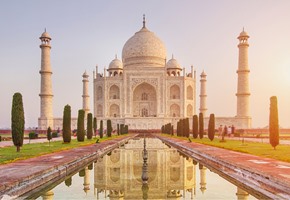
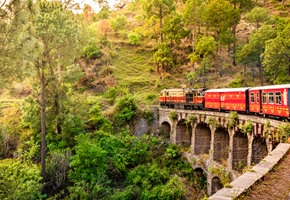

 (403 reviews)
(403 reviews)Follow in the footsteps of maharajas in India's regal Golden Triangle. Embrace the wonders of this mystical country, from unwinding in the former colonial summer capital of Shimla in the Himalayan foothills to searching for Bengal tigers in the evocative wilderness of Ranthambore National Park. View Agra's iconic Taj Mahal and Jaipur's ethereal...
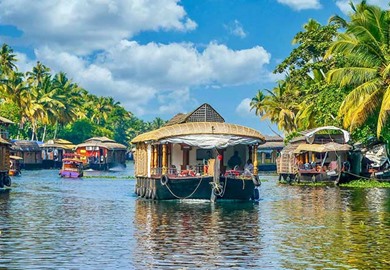
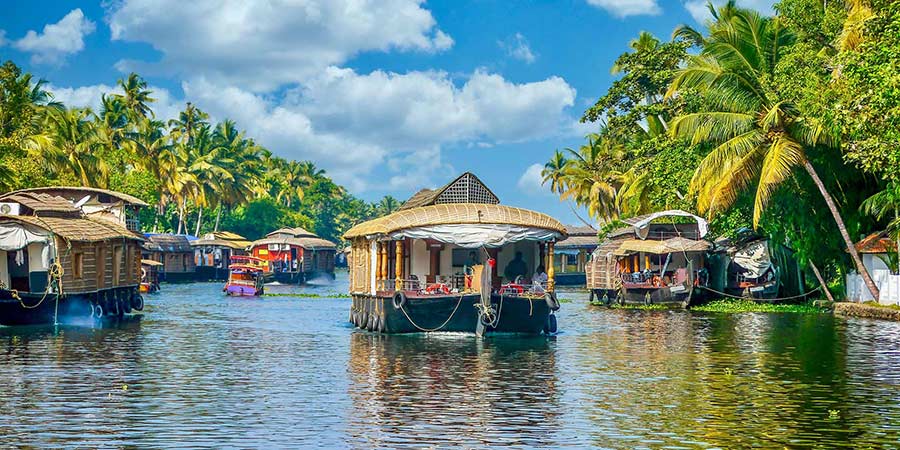
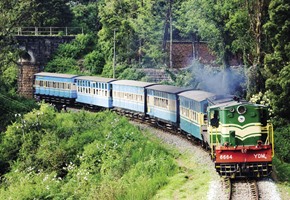
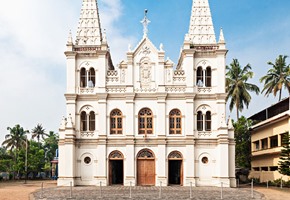
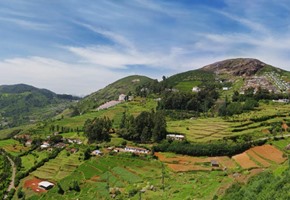
This unforgettable tour of colourful southern India explores exciting cities, stunning Hindu temples, atmospheric mountain plantations and tranquil backwaters. After a night in Bengaluru, we soak up Mysuru's awe-inspiring royal palace and the charms of botanic Ooty before the tea plantations of Coonoor on the Nilgiri Mountain Railway. Arriving...

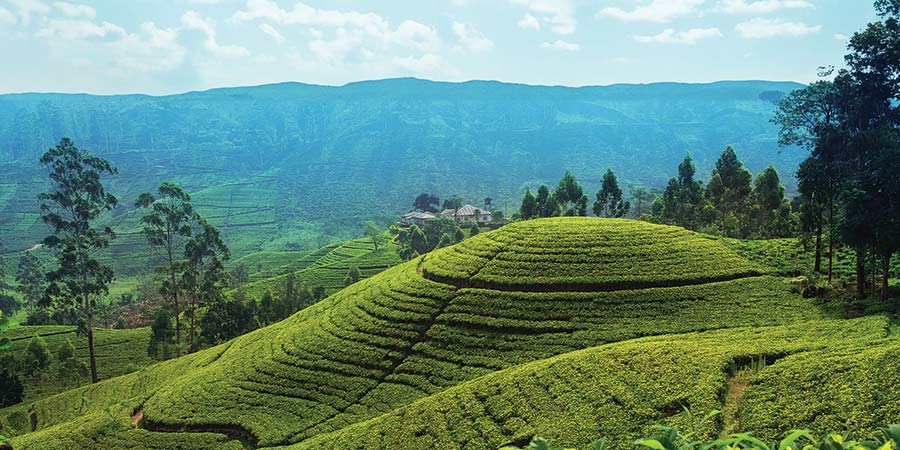
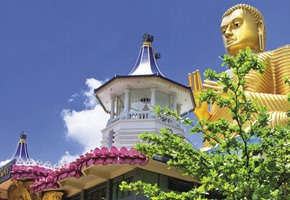
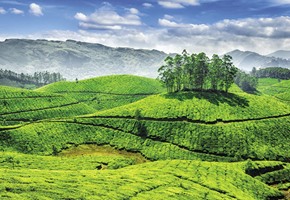
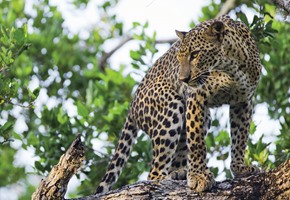
 (31 reviews)
(31 reviews)Explore the 'Pearl of the Indian Ocean' on a small-group tour of beautiful Sri Lanka. Uncover ancient monuments and captivating temples such as Sigiriya Lion Rock fortress, the ancient capital of Polonnaruwa, and an ornate temple said to contain one of Buddha's teeth on this unspoilt island of tropical forests and golden beaches. While enjoying...
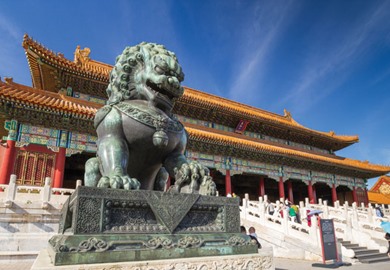
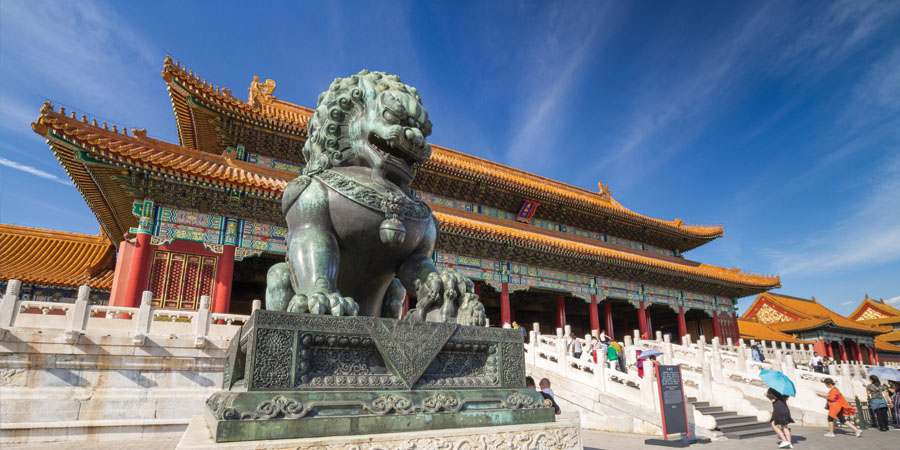
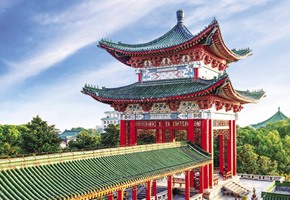
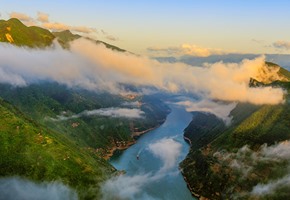
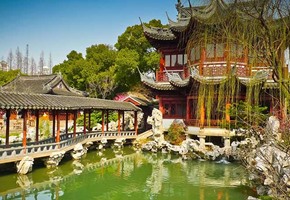
 (28 reviews)
(28 reviews)Immerse yourself in the imperial history and breathtaking modernism of mysterious and fascinating China. On an overland adventure, Beijing reveals its history in the spectacular Forbidden City before we are whisked by high-speed rail to Shanghai, where the old and new sit side by side. A cruise along the mighty Yangtze shows us the remarkable...

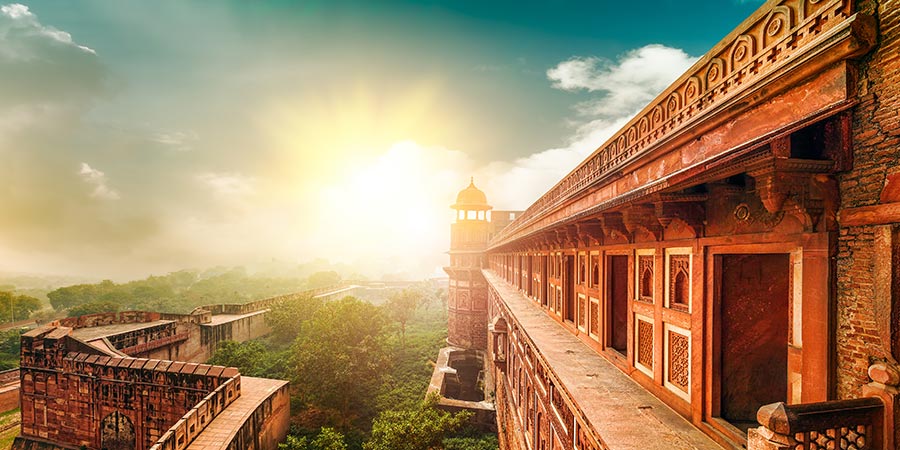
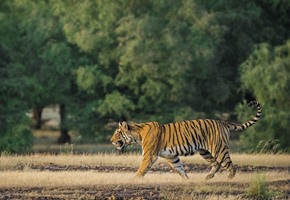
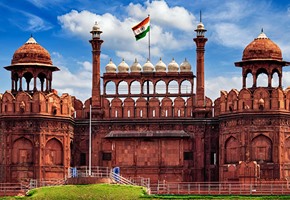
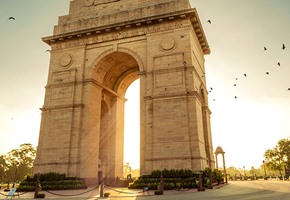
 (93 reviews)
(93 reviews)Discover enthralling India on a journey from the enchanting Golden Triangle to the 'Gateway to India', Mumbai. View the Delhi's imposing Red Fort, Agra's iconic Taj Mahal and Jaipur's ethereal Amber Fort on a tour of northern India's most incredible palaces. Look for noble Bengal tigers in their natural habitat on two game drives in the pristine...

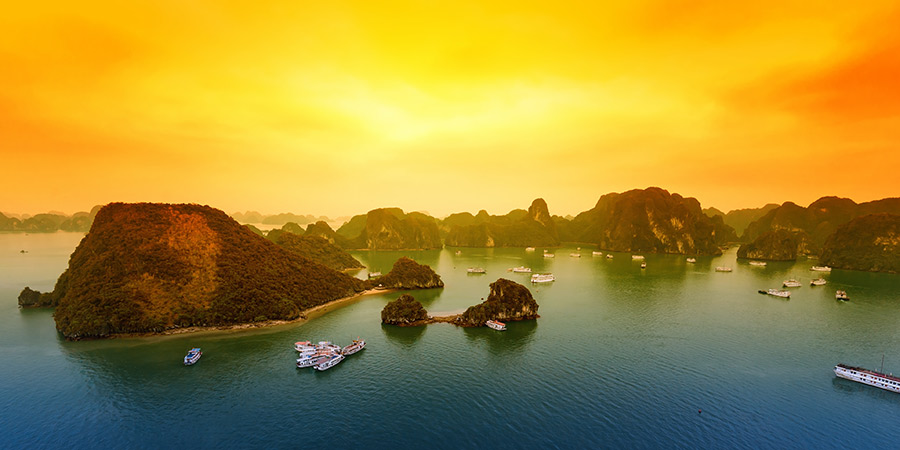

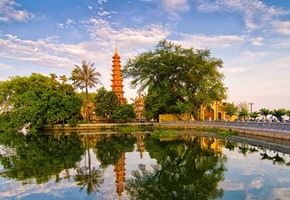
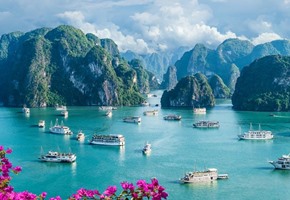
 (14 reviews)
(14 reviews)Discover the stand-out sights of Vietnam on this southeastern Asian adventure. Enjoy a street-food experience in Vietnam's bustling capital Hanoi and a serene overnight cruise amongst the jungle-draped islands of magical Halong Bay, then travel on the Reunification Express to uncover the laid-back delights of coastal Hue and the lantern-lit...
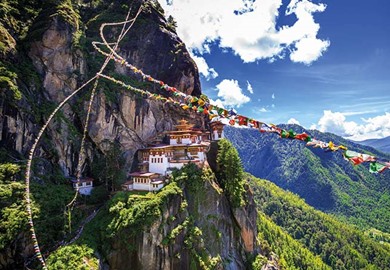
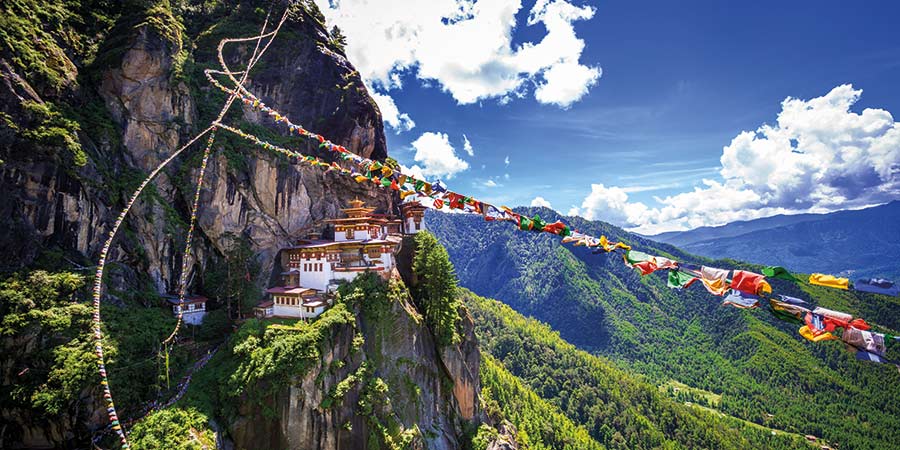
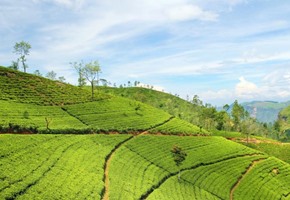
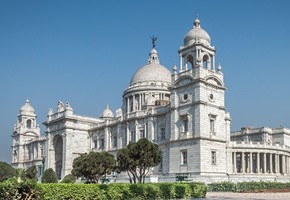
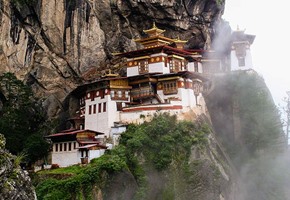
 (33 reviews)
(33 reviews)Experience the majesty of the Himalayas on this remarkable holiday that reveals the wonders of northern Bengal and the hidden treasures of Bhutan. Explore colonial Kolkata and embrace the beauty of the world's mightiest mountain range, travelling on the charming 'Toy Train' to the famed tea region of Darjeeling. Witness sunrise over the mountains...
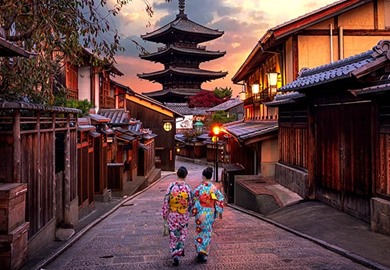
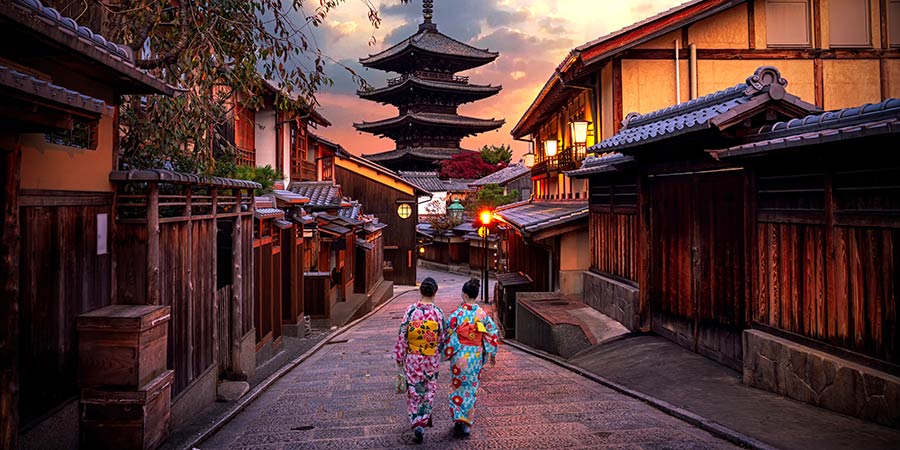
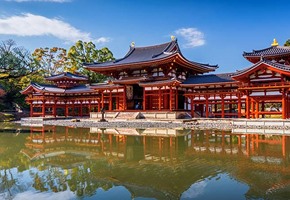
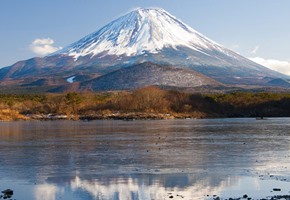
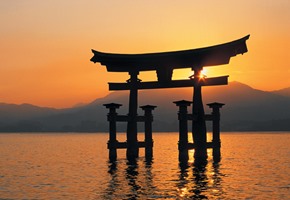
 (36 reviews)
(36 reviews)Explore Japan from top to toe on an epic overland expedition from Hokkaido in the north to Kyushu in the south. Experience all Japan has to offer, while journeying on ultramodern bullet trains. Compare Sapporo's scenic setting to Tokyo's neon-lit streets, and discover this captivating country's history through its tranquil temples, a visit to a...



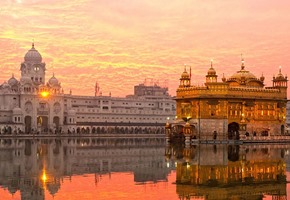
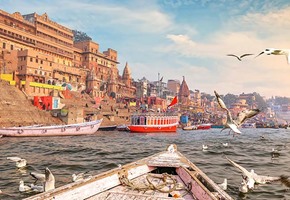
 (12 reviews)
(12 reviews)Retrace the steps of Indian princes aboard the Maharajas' Express - one of the world's most luxurious trains. Starting and ending in Delhi, this incredible voyage of discovery visits the former colonial summer capital of Shimla before showcasing spellbinding Amritsar as we witness the Wagah Border Ceremony and the Palki procession at the Golden...








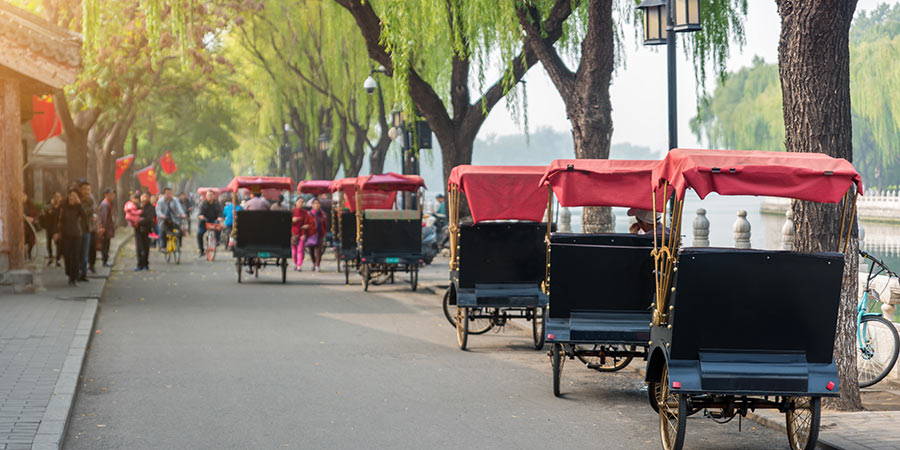
Exploring Asia can never be complete without experiencing the local way of life, and we make sure that you don't miss a thing. The streets of Old Delhi are full of people going on about their everyday lives and are best experienced on a rickshaw, the daily transport of the locals. None of your meals in South Korea are complete without a side of kimchi, a fermented vegetable dish known for its health benefits. Making kimchi requires traditional knowledge and we organise a kimchi making session where its secrets are revealed. While in Beijing, we host a traditional Peking Duck dinner, sampling this famous dish made up of pieces of tender, roasted duck which has been associated with imperial courts since the 13th century.
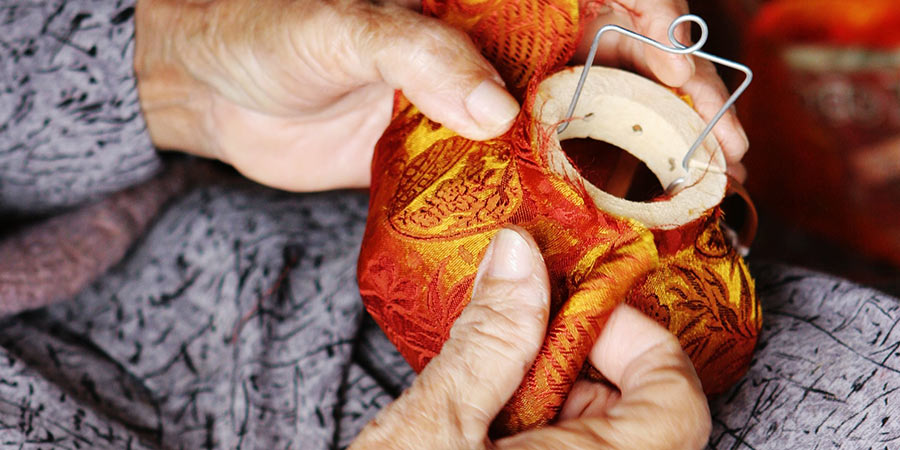
Some experiences render an authentic charm to your holidays and ensure that you discover something special about each destination. Discover these hidden gems as you taste Chinese tea at a traditional local tea house or attend a lantern making workshop in Vietnam. Whether you immerse yourself in a spiritual arti ceremony on the banks of the Ganges River or visit an elephant orphanage in Sri Lanka to admire these gentle beasts synonymous with Asian culture, you get to unearth aspects integral to each location you visit. With Great Rail Journeys, become more than just a tourist in a foreign land.

We have always been fascinated with the elaborate cultures and traditions of Asia. One thing they have in common is their warm hospitality. In India, there's an old proverb that the guest is God, and Indians welcome their guests exactly how they offer prayers - with palms pressed together, floral wreaths, and a tika or vermilion dot on the forehead. The locals of South Korea and Vietnam are known for their friendliness and warmth, and tourists are always made to feel welcome. Be it the traditional bowing of Japan or the Chinese salutation, you will be gladly received by locals whichever part of Asia you choose to travel to.
At Great Rail Journeys, we do everything that we can to ensure that your holidays are nothing short of unforgettable. From the sleek bullet trains of Japan and the maglevs in China to the idyllic toy trains in the lap of the Himalayas that traverse sleepy hill stations - your rail experiences are guaranteed to be as diverse as the continent is. You can travel through the hinterlands of North and West India on the Palace on Wheels, whose elaborate decor brings to life the traditions and colours of Rajasthan, or board the Green Express train from Hanoi to Da Nang as it skirts along the sparkling coast of the South China Sea.
The continent of Asia is home to some major landmarks, a few of them featuring among the New Seven Wonders of the World. Guides with exhaustive local knowledge and love for travelling, accompany you as you explore the architectural delights of the Taj Mahal, or take a walking tour along the Mutianyu section of the Great Wall of China. Whether you admire the ancient temples of Angkor Wat, or visit the Cu Chi Tunnels of Vietnam, Great Rail Journeys' carefully curated escorted tours endeavour to bring the destinations to life and captivate you with both regaling and poignant anecdotes that add a personal touch to your holiday.
Be it New Delhi, Beijing, Osaka, Busan, Hanoi, or Colombo, you get to explore the diverse cities of Asia with guides who know the areas like the back of their hands. However, it's not just the mega cities that our guides are conversant in. Your wildlife spotting experiences are enhanced by expert guides who are well acquainted with the forests and adept at escorting you through them. A guided trip to a tea plantation isn't complete without tasting some of their produce and learning in detail about the intricate process involved. Our excursions are designed to cover diverse themes and adapted to ensure that your personal interests are met to the best of our abilities.
Still looking for ideas? We think you might also like these destinations.